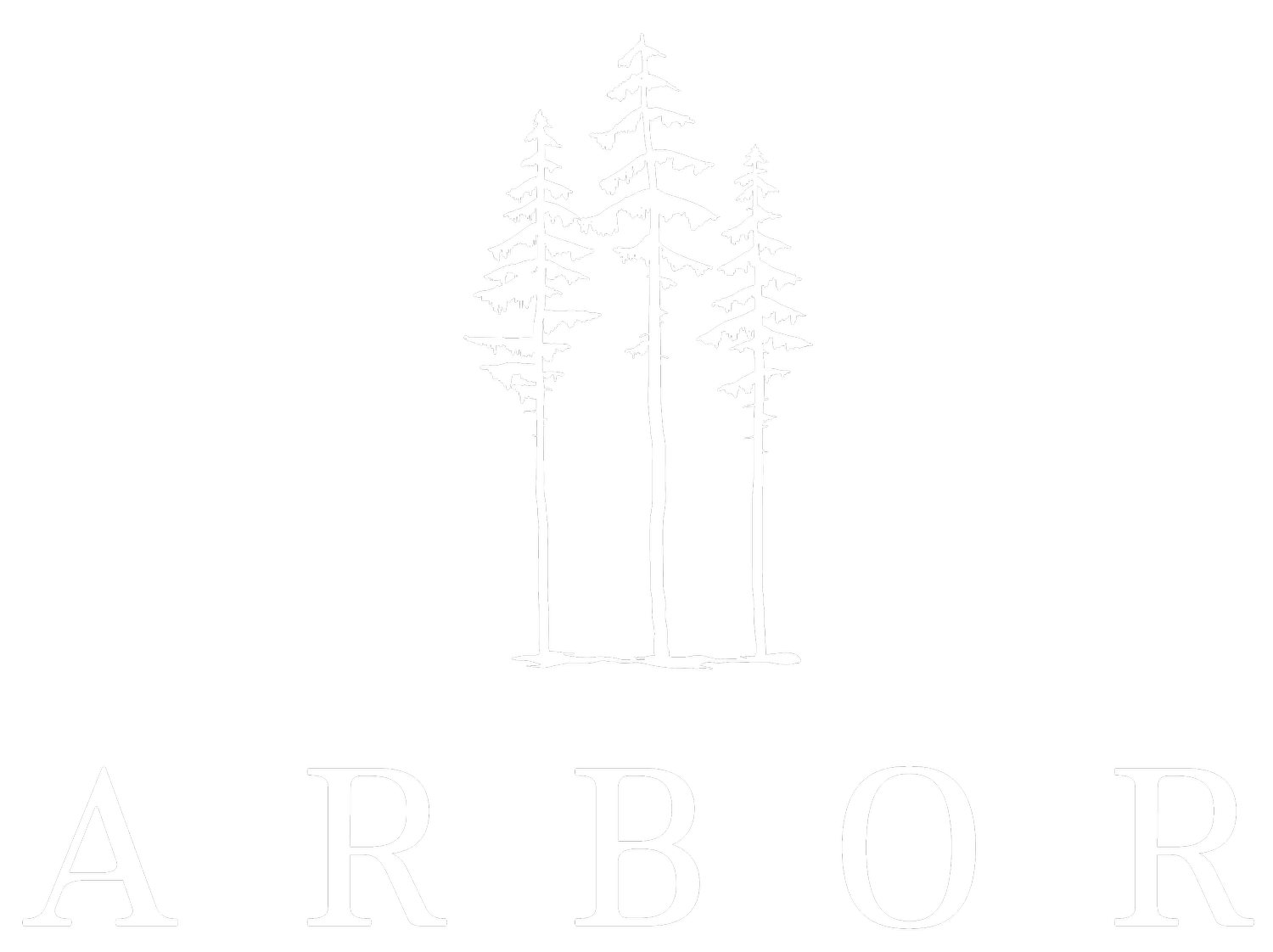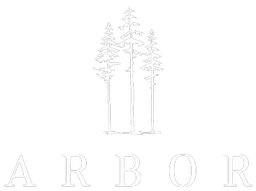The History of Shepherd Huts
Image courtesy Gordon Hatton.
Shepherd huts were first developed in the early 1800s and used by shepherds in the UK and other parts of Europe to house themselves and their animals. They were typically made from wood, with a thatched or tin roof, and were often equipped with a stove, a bed, and a few other basic amenities. Shepherds would use the huts to house themselves and their animals during the winter months, when the weather was too harsh for them to live outdoors. The huts were also used as temporary shelters for shepherds during times of heavy rain or snow.
The wool industry has been an important part of the economy of England since the Middle Ages, when the country was a major producer of wool cloth - a valuable commodity, and an important source of revenue for the English economy. The wool trade playing a key role in the development of many English towns and cities in places like the Cotswolds and Suffolk.
Up until the 19th century sheep were valuable assets in lowland England, which meant that a shepherd had to be close at hand. Shepherd huts were portable because once a field had been grazed - which could take a few weeks - the shepherd and his flock had to move onto the next field (lowland sheep weren’t allowed to wander freely). In the late 1800s, shepherd huts also began to be used as temporary housing for rural workers. They were often used by farmhands, labourers, and other itinerant workers who needed a place to stay while they were working in the area. The huts provided basic shelter and protection from the elements, and they could be easily moved when the worker needed to move on.
Shepherd huts also appear in literature on a number of occasions. In Shakespeare’s play “As You Like It,” for example, the character of Corin is described as living in one, as is Gabriel Oak in Thomas Hardy’s Far From the Madding Crowd. They were clearly a well known part of the British rural landscape.
In the early days shepherd huts were made by local blacksmiths, until larger concerns such as Reeves, based in Wiltshire, started specialising and producing them in greater volumes.
By the turn of the 20th century shepherd huts were starting to fall out of fashion - changes in agricultural practices meant lowland sheep farming was less economic, so there were fewer shepherds around. Interestingly, however, many old shepherd huts found new uses in World War II as shelters for the Home Guard and as accommodation for prisoners of war who worked as labourers on British farms.
By the 1960s shepherds huts were a much less common site - Reeves went out of business in 1950, and there were few if any new shepherd huts being made in the UK.
In the last 20 years, however, shepherd huts have come back into fashion, becoming increasingly popular as garden offices and studios, as well as for use in glamping sites. There are a number of reasons for this:
Shepherd huts are a practical, functional and comfortable living space.
The traditional design works well in a range of settings.
The mobility of a shepherds hut mean they’re adaptable, and can be moved if needed.
Shepherd huts are typically made from durable and sustainable materials, making them a long-lasting and eco-friendly option.
The compact size and simple design of a shepherd hut can make it relatively inexpensive compared to other types of housing.
The history of shepherd huts is a long and varied one, and despite falling out of fashion for a while, it’s great that they’re once again a feature of British countryside where they would have once been a common sight. Hopefully they’ll be around for a long time to come.


